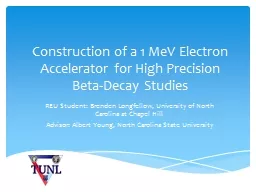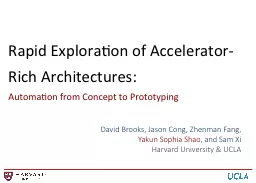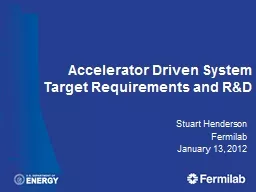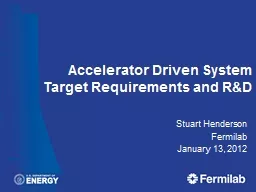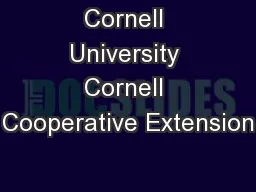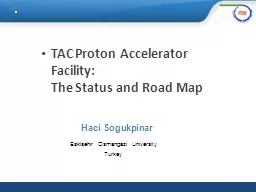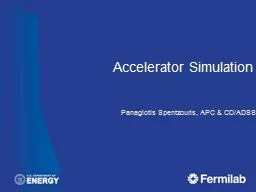PPT-1 Cornell Laboratory for Accelerator-based
Author : bikershobbit | Published Date : 2020-06-30
ScienceS and Education CLASSE On Maximum Brightness from Xray Light Sources Ivan Bazarov Cornell University phase space of coherent left and incoherent right 2state
Presentation Embed Code
Download Presentation
Download Presentation The PPT/PDF document "1 Cornell Laboratory for Accelerator-bas..." is the property of its rightful owner. Permission is granted to download and print the materials on this website for personal, non-commercial use only, and to display it on your personal computer provided you do not modify the materials and that you retain all copyright notices contained in the materials. By downloading content from our website, you accept the terms of this agreement.
1 Cornell Laboratory for Accelerator-based: Transcript
Download Rules Of Document
"1 Cornell Laboratory for Accelerator-based"The content belongs to its owner. You may download and print it for personal use, without modification, and keep all copyright notices. By downloading, you agree to these terms.
Related Documents



